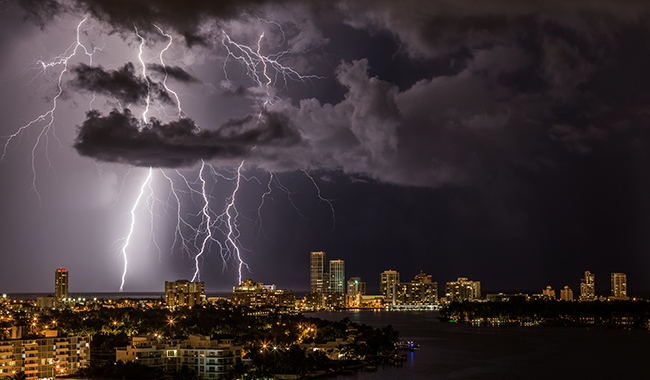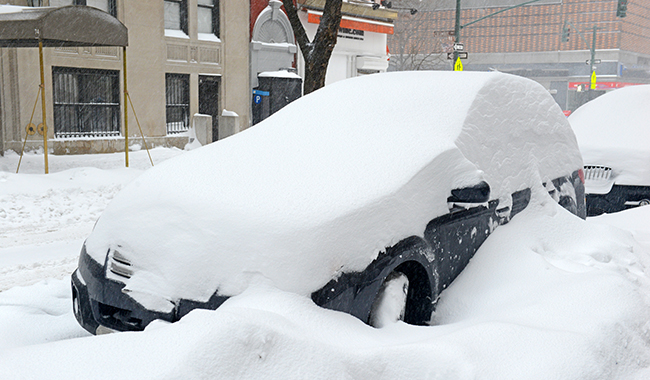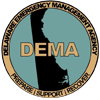Natural Disasters
Natural disasters include all types of severe weather, which have the potential to pose a significant threat to human health and safety, property, critical infrastructure, and homeland security.
Natural disasters occur both seasonally and without warning. Examples include: earthquakes, floods, heat waves, hurricanes, tornados and winter storms - or any combination thereof.

Flooding
Flooding is the nation’s most common natural disaster. All floods are different.
Floods, big or small, can have devastating effects on your home and your family. You can take steps to reduce the harm caused by flooding. Learn how to prepare for a flood, stay safe during a flood, and protect your health when you return home after a flood.

Heat Waves
A heat wave is a prolonged period of excessive heat, generally 10 degrees or more above average, often combined with excessive humidity.
Heat-related deaths and illnesses are preventable. Despite this fact, more than 600 people in the United States are killed by extreme heat every year. This website provides helpful tips, information, and resources to help you stay safe in the extreme heat this summer.

Hurricanes
Hurricanes are dangerous and destructive. Known also as cyclones and typhoons in other parts of the world, hurricanes cause high winds, flooding, heavy rain, and storm surges.
Learn more about hurricanes and other tropical storms so you can be prepared to keep your family safe.

Severe Thunderstorms
A thunderstorm is considered severe if it produces hail at least 1 inch in diameter or has wind gusts of at least 58 miles per hour.
Every thunderstorm produces lightning, which kills more people each year than tornadoes or hurricanes. Lightning strikes the earth more than 8 million times per day. The risk of being struck is low but the consequences of lightning strike injuries are serious.

Tornadoes
Tornadoes are nature’s most violent storms. Planning and practicing specifically how and where you take shelter could save your life.
Knowing what to do when you see a tornado, or when you hear a tornado warning, can help protect you and your family. During a tornado, people face hazards from extremely high winds and risk being struck by flying and falling objects.

Winter Storms
Nor’easters are winter storms that move north up the East Coast of the United States. Severe nor’easters can bring high winds, heavy precipitation, and low temperatures.
During extremely cold weather, staying warm and safe can be a challenge. Learn how to prepare for winter storms, prevent cold temperature-related health problems, and protect yourself during all stages of a winter storm.
The content on this page is in the public domain. It is from PrepareDE.org, CDC and American Red Cross websites.








